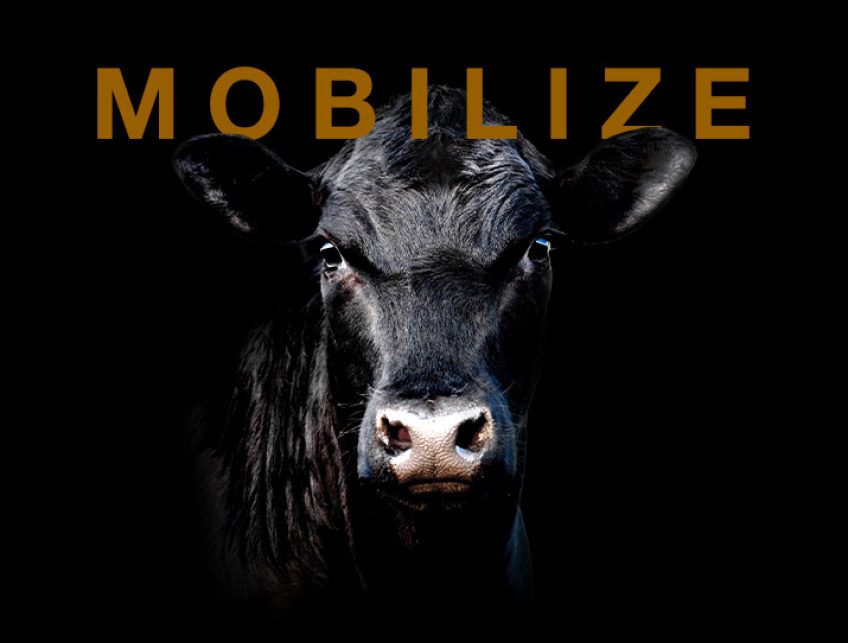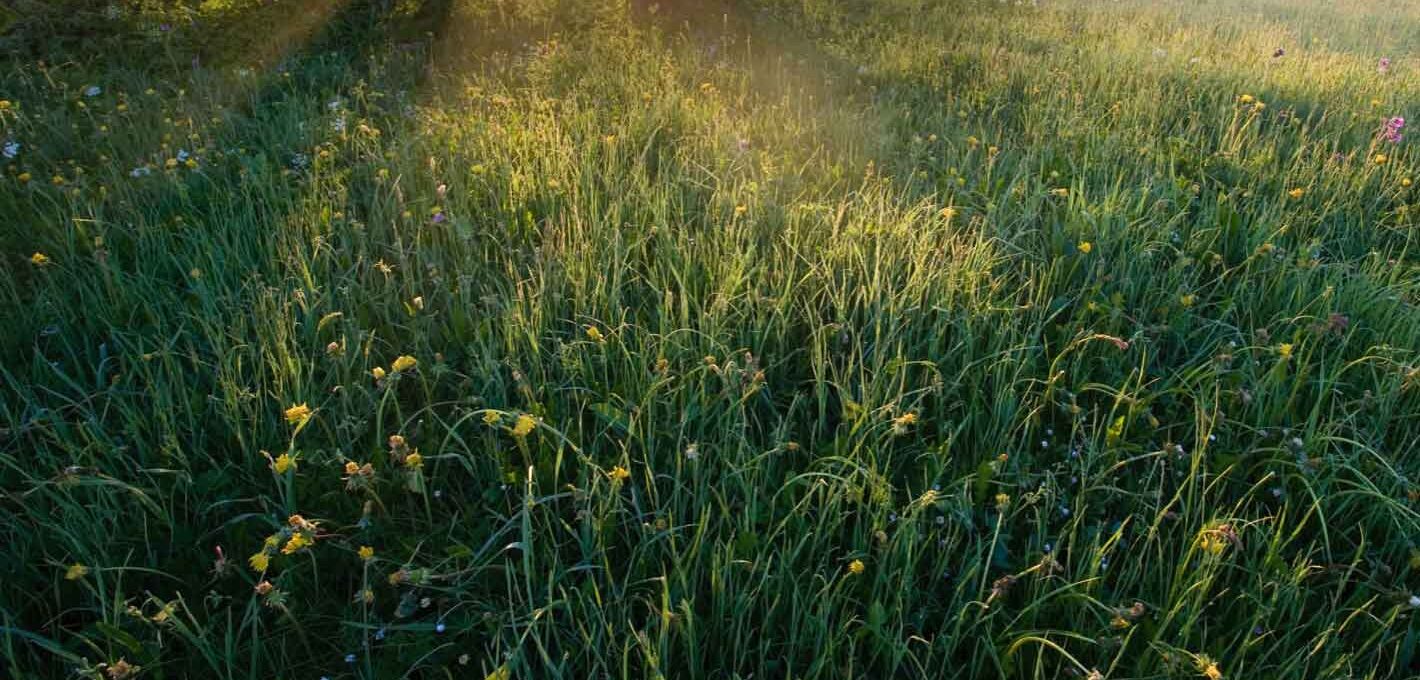
Grazing management
We’re taking our lead from nature and ranchers, with approaches to grazing and land management that keep cattle on the move, revitalize soils and help wildlife to flourish.
Key opportunities
In the United States, 40% of all land is grazed, while in Canada 30% of farmland is used for cattle grazing1. This represents a huge opportunity to harness grazing for good. When cattle move across grassland, they feed on a range of plants, transporting soil on their hooves and stomping new seeds into the ground. As they migrate to new pastures, the soil is revitalized with nutrients and diverse grasses are allowed time to regrow.
Sustainable solutions
Since grazing has co-evolved with grasslands, managed grazing can provide multiple benefits to ranchers, wildlife and the climate. By managing cattle movement, grazing time and intensity, a controlled approach to cattle roaming can improve grassland soils and biodiversity, and sequester carbon.
That is where BeefUp Sustainability comes in. We are working with ranchers to mobilize resources and expertise to unlock the ecological and economic benefits of regenerative grazing.

Why regenerative grazing?
Grass roots grow between eight and fourteen feet long2, locking carbon deep down in the soil.
Grazing is often the most productive use of grassland, keeping it healthy and sustaining cattle.
Managed grazing could sequester up to 26 gigatons of CO2 by 2050 (versus standard grazing practices)3.
Mobilize in action
Carbon Cowboys: giving back to the earth with AMP grazing
For thousands of years, herds of bison grazed the Great Plains of North America, foraging across a wide expanse and helping to create some of the world’s richest and deepest soils. Today, a group of cattle farmers and ranchers are mimicking this with Adaptive Multi-Paddock (AMP) grazing techniques that help regenerate the land we all rely on.
Through a series of short films, presented here in collaboration with Cargill, these Carbon Cowboys share their experiences.

Partnering for progress
Developing more sustainable grazing practices is a collaborative effort. We are working with experts, customers and producers to accelerate the adoption of systems that meet the needs of animals, communities and the planet.
- Sources: USDA NRCS; Canadian Census of Agriculture 2016
- Source: National Geographic, 2015
- Source: https://drawdown.org/solutions/managed-grazing